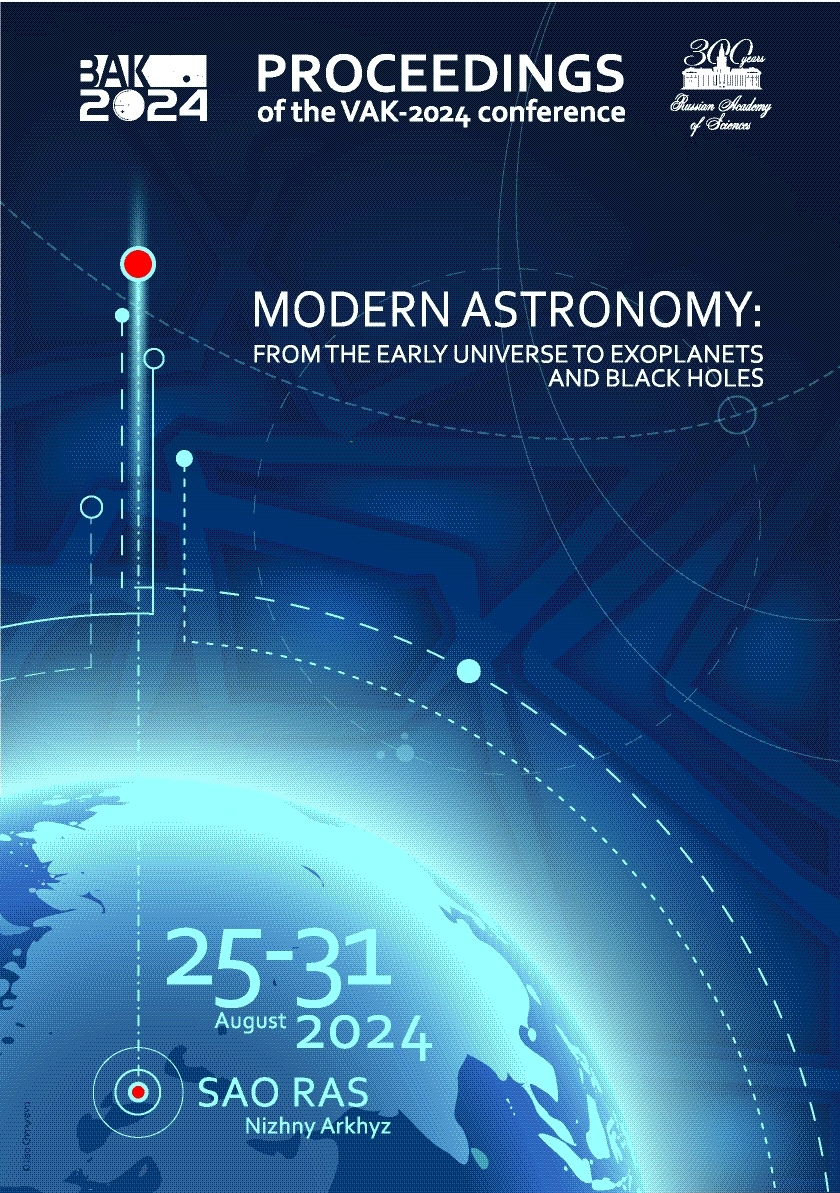УДК 53 Физика
УДК 520 Инструменты, приборы и методы астрономических наблюдений, измерений и анализа
УДК 521 Теоретическая астрономия. Небесная механика. Фундаментальная астрономия. Теория динамической и позиционной астрономии
УДК 523 Солнечная система
УДК 524 Звезды и звездные системы. Вселенная Солнце и Солнечная система
УДК 52-1 Метод изучения
УДК 52-6 Излучение и связанные с ним процессы
ГРНТИ 41.00 АСТРОНОМИЯ
ГРНТИ 29.35 Радиофизика. Физические основы электроники
ГРНТИ 29.31 Оптика
ГРНТИ 29.33 Лазерная физика
ГРНТИ 29.27 Физика плазмы
ГРНТИ 29.05 Физика элементарных частиц. Теория полей. Физика высоких энергий
ОКСО 03.06.01 Физика и астрономия
ОКСО 03.05.01 Астрономия
ОКСО 03.04.03 Радиофизика
ББК 2 ЕСТЕСТВЕННЫЕ НАУКИ
ББК 223 Физика
ТБК 614 Астрономия
ТБК 6135 Оптика
BISAC SCI004000 Astronomy
BISAC SCI005000 Physics / Astrophysics
The threat of a collision with a potentially hazardous object (PHO) and smaller asteroids requires the ability to reliably calculate the orbits of celestial bodies. The quality of the determined orbit depends on both the accuracy and intervals of observations and on the method of their processing: the completeness of the dynamic model, the method of numerical integration, calculation errors, etc. The practical implementation of the orbit determination algorithm is associated with the peculiarities of taking into account the above factors. To assess the accuracy of motion prediction using orbits obtained with the help of different software packages, we compared the deviations in observed and calculated values of observations, i.e. $O$–$C$, that were not included in the orbit improvement. The $O$–$C$ comparison was carried out for orbits obtained using software developed in leading Russian scientific organizations with teams working on asteroid-comet dynamics: Pulkovo, Tomsk State University (TSU) and Institute of Applied Astronomy of RAS (IAA), as well as orbits presented on the Jet Propulsion Laboratory's (JPL) Horizons website. The asteroids Apophis and Phaethon were chosen as objects for which the $O$–$C$ comparison was performed. Observations of each asteroid were divided into two samples by time. The asteroid's orbit was improved using the earlier sample, and the later sample was used to access the accuracy of the prediction. The $O$–$C$ distribution profile for orbits obtained using different software turned out to be very similar, indicating the proximity of predictions. The most accurate orbits were obtained using the Improvement and IDA software developed at the IAA and TSU, respectively.
small celestial bodies; dynamics; orbit improvement; asteroid/comet hazard
1. Galushina T., Letner O., 2021, Astronomical and Astrophysical Transactions, 32., 4, p. 355
2. Gehrels T., 1994, Tucson: University of Arizona Press
3. Moyer T., 1971, Technical Report 32-1527, NASA/JPL
4. Reddy V., Kelley M., Benner L., et al., 2024, Planetary Science Journal, 5, p. 141






